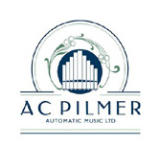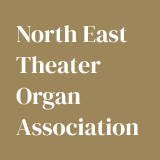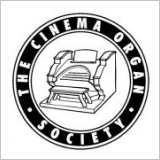Many people are familiar with the deep tones and heady hum of organ music. Whether experienced in a choral setting or orchestral venue, the organ has a unique and resonating voice. As a descendant of the original reed instruments of ancient music, the organ enjoys a colorful history of use and innovation—and possibly none more than the theater organ, in particular.
As an offshoot of the traditional pipe organ common among cathedrals and abbeys, the theater organ was developed quite rapidly and for specific purposes that, ultimately, also vanished rather quickly.
But what are the origins of the theater organ—when did these magnificent, one-man orchestras of such epic proportions experience their genesis? To answer this question, we must trace the popularity of the pipe instrument back to its earliest beginnings, and continue from that starting point.
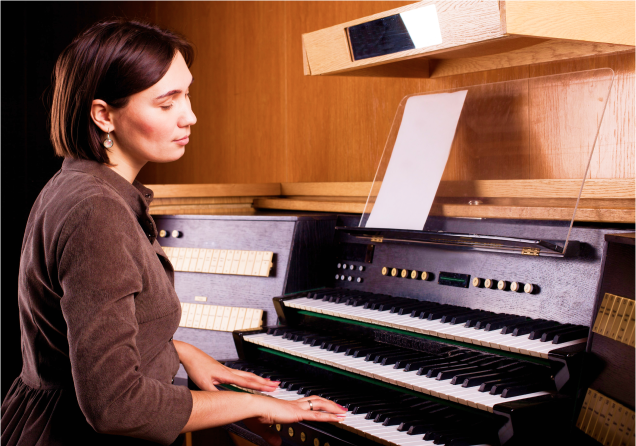
The History of Theater Organs
Before we explore the complexities of the theater organ, it is important to understand where it came from—the original pipe instruments that produced musical sound by driving pressurized air through reeds. And the very first of these was introduced centuries ago, in Ancient Greece.


The First Pipe Instruments
Etymologists can trace the word “organ” back to the Ancient Greek word ὄργανον, or órganon. This was the original word for an organ of sense or an instrument. The word would be conflated with the Latin organum, referring to a musical instrument. Later, Medieval Latin would create a diminutive noun from the original Latin, and organella would be used.

Given the origins of the word, the first pipe organ type of instrument was found in Greece. As seen in depictions of ancient Greek scenes and mythological narratives, the panpipes were a popular musical instrument and widespread throughout Neolithic and later cultures.
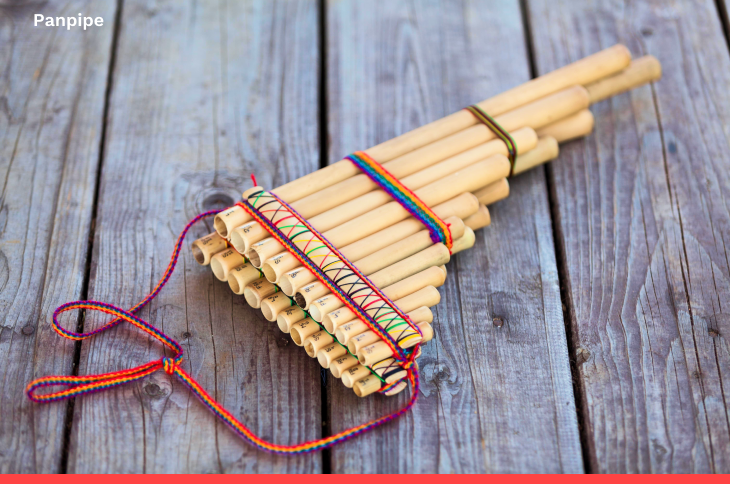
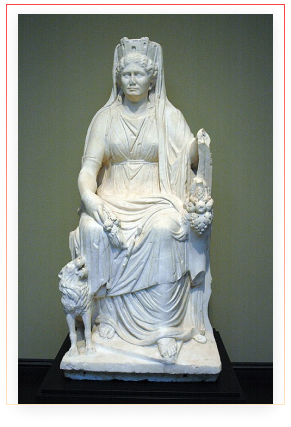
The panpipe was attributed to deities Cybele and Hermes, and their earliest uses were traced to the Greek Cycladic Islands during 3000 BC, the Early Bronze Age.
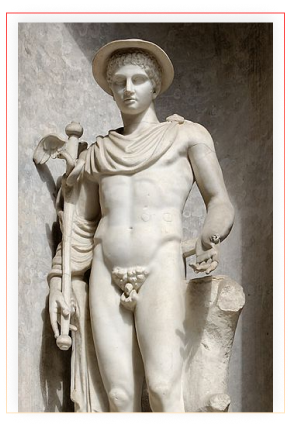
Indeed, it was these early reeded instruments that were the basis of all later pipe organs and woodwinds. The spread of panpipes over the settled world contributed to the future success in pipe instrument improvements, from Europe to the Andes.
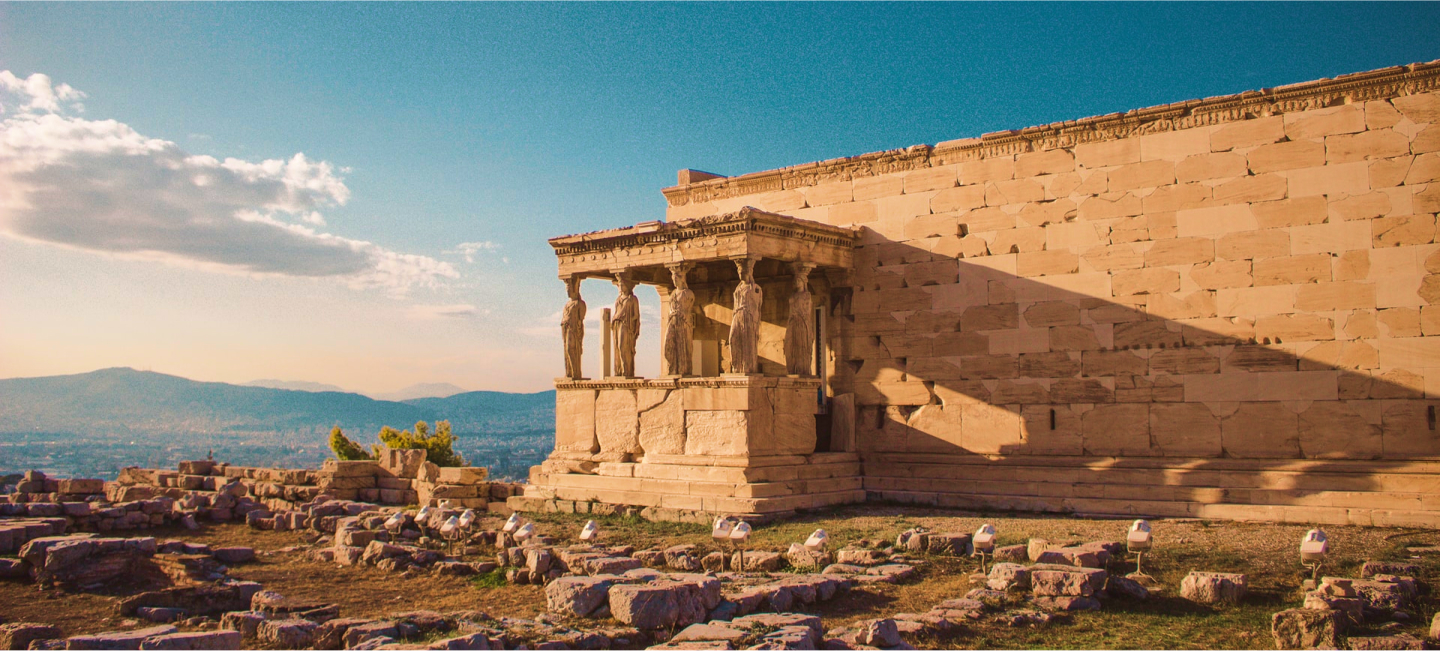
But the first innovation took place in ancient Greece.
In the 3rd Century BC, the Greek engineer Ctesibius of Alexandria was successful in his previous attempts to apply mechanically driven air through large panpipes.
Ctesibius was a prolific physicist and inventor who discovered the elasticity of air, creating compressed air-powered catapults and the clepsydra—a water clock, where a constant drip rate marked the hour.
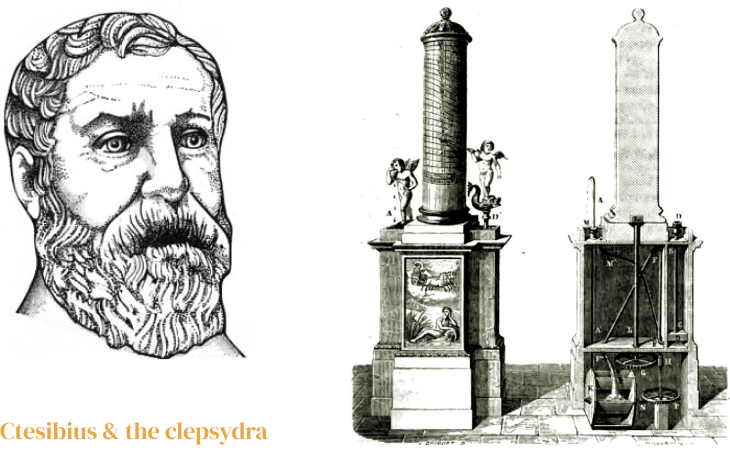
But many view his large pipe instrument as a turning point in musical progress: called a hydraulis, it was a technological marvel in his time. By using a conical wind reservoir, supplied by air pumps, the hydraulis forced air through a windchest and into the large set of pipes that stood atop it. Water levels in the container were controlled by sliders, altering the tones.


The Hydraulis in Use
The hydraulis was vastly popular throughout the Ancient Greek world, especially in use at outdoor public entertainments. With a particularly loud and penetrating tone, the hydraulis spread into the Roman sphere of influence as well, playing in the arenas of the Roman Empire. Theatergoers and arena spectators alike enjoyed the deep, heady notes of the hydraulis.
By the 2nd Century AD, the pumps and regulators of the instrument were replaced by an inflatable leather lung, and a proper bellows system was implemented between the 6th and 7th Centuries AD.
With these improvements, the first pipe organ took on a similar system and shape to the modern-day theater organ, as we can see from archaeological findings.
Indeed, one of the most perfectly preserved specimens of the hydraulis dates back to around 228 AD, where some 400 pieces of an intact hydraulis were discovered in the ancient Roman site of Aquincum, now modern Budapest. Using the pieces from the Aquincum colony’s town guild site, a modern reconstruction has been made, with a pleasant and accurate tone.
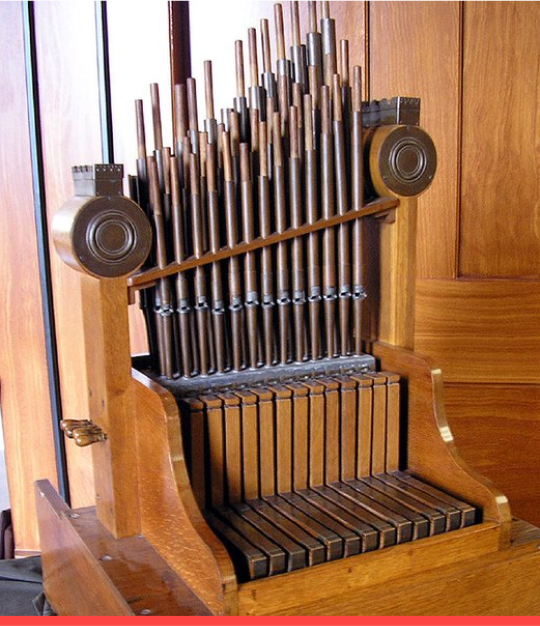
By the 9th Century AD, the newest reforms made to the hydraulis were on show in the Eastern Roman Empire of Byzantium. A Persian geographer described the urghun, or organ, as one of the typical instruments of public gatherings in Constantinople’s Hippodrome. Descriptions abound of slaves pumping bellows while levers altered tones, to the delight of guests.
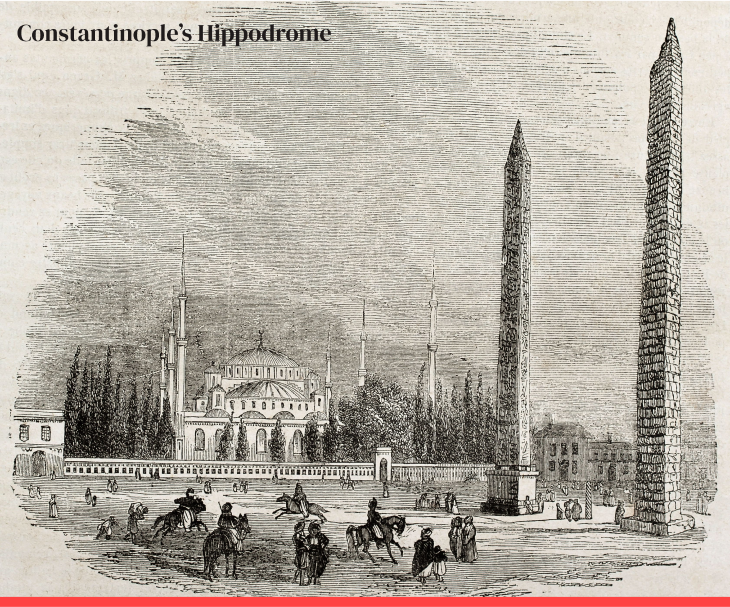


Medieval Music
The next step in organs can be traced to the Medieval ages, beginning with a gift of the first Western European pipe organ from Byzantine emperor Constantine V to the King of the Franks in 757 AD, and a similar instrument being obtained by Frankish prince Charlemagne in 812 AD.
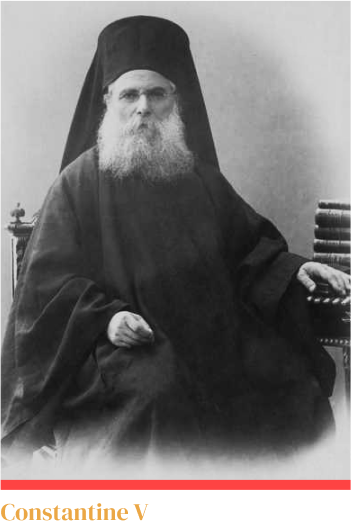


By this time, the organ had begun its establishment into the sphere of Western European church and choral music. During the next few hundred years, the use and implementation of organs were significant across Europe—from smaller, portable ones to huge organ installations in cathedrals like Notre Dame, Fécamp, and Winchester.
Organs were built within cloisters and cultural centers, such as the Chartres, Reims, and Cluny complexes. By the 10th Century, the English abbeys of Malmesbury and Abington also possessed organs.


Img Source: Wiki Commons, By Urban – Own work, CC BY-SA 3.0; Wiki Commons, By Robin Poitou – Own work, CC BY-SA 3.0; Wiki Commons, A general view of Cluny, CC BY-SA 1.0; Wiki Commons, By Johan Bakker, CC BY-SA 3.0; Wiki Commons, CC BY-SA 2.0; Wiki Commons, By Claire Ward, CC BY-SA 2.0
Interestingly, though most organ usages were ecumenical, some writers like Notker of St. Gall and the monk Bernelinus do not describe organs playing during the liturgy.
Indeed, sources allege that the organ was the only instrument apart from choral voices that the church allowed within its sacred space in this early stage. But the organ seems to be used primarily for cloister occasions and performing de organo cum pueris.
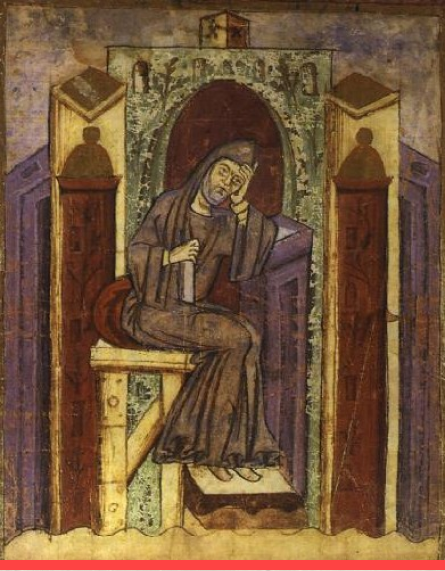


Organ Innovations
Apart from the immense and permanent organ installations at religious complexes, the next innovation was a smaller, more portative organ. These were made for secular applications and made of lightweight materials for easy transportation. Such small organs were essentially pipe-fitted keyboard instruments, with one hand operating the bellows and the other on the keys.
Towards the mid-1200s, the first real keyboards on these organs began to appear, with balanced keys and a range large enough for two hands.

And stemming from this, the first organ to have a chromatic key, tiered layout with pedalboard was installed in Halberstadt, Germany.
Its bellows were operated by around ten men, with air pressure so great that keys were hard to depress.
From here, organs began to be permanently installed and played all over Europe. Church records document organists in large numbers being hired, and suddenly the church organ was a true feature of the liturgy. Polyphony was embraced ecumenically, allowing for more instrumental tones within sacred music than choral.
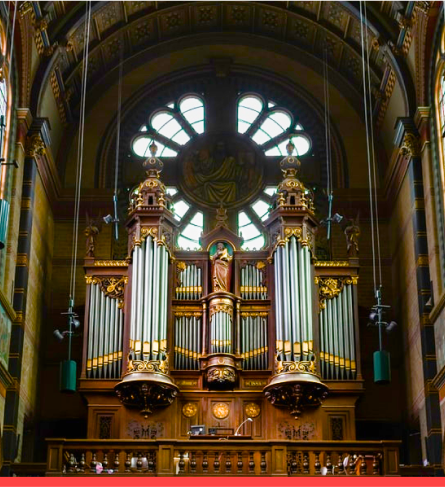
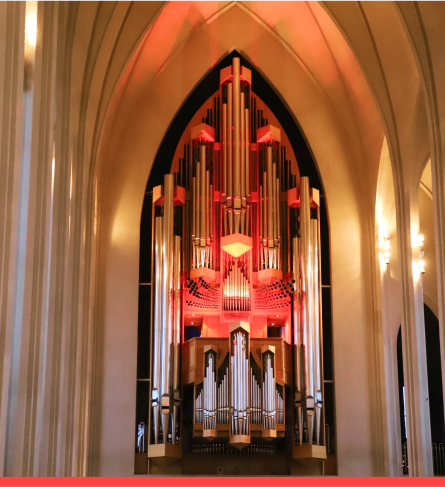


Renaissance Reinventions
The organ underwent some significant tonal and mechanical advances during the next period of history, beginning in the Renaissance. As organ builders created more elaborate stops for the pipes, influenced by the style of other instruments like the viola and krummhorn, organ tone changed. Balanced mechanical keys also gave precise control over the notes.
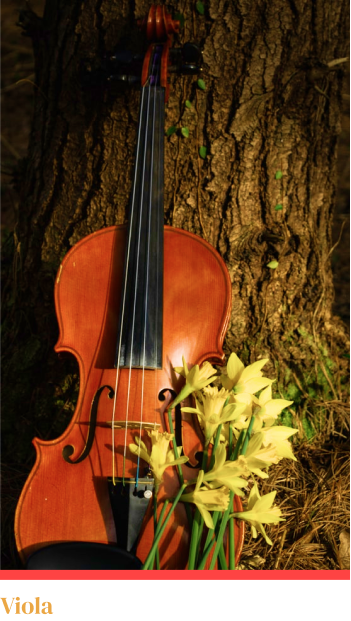
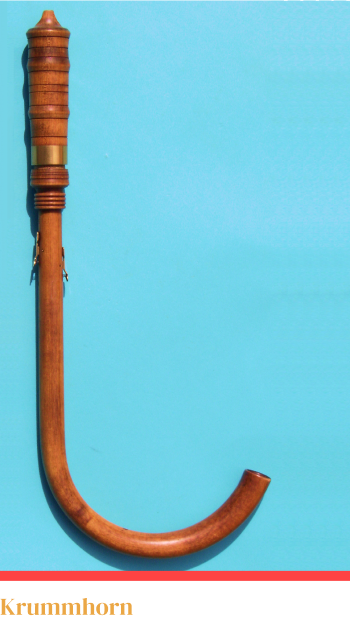
And as the tone changed, so did the style— during the 15th and 16th Centuries, national styles of organ building began to emerge, along with changing political climates. For instance, in Germany, the Werkprinzip-style of organs featured more independent pedal divisions that were visibly discernible from the design of the case.
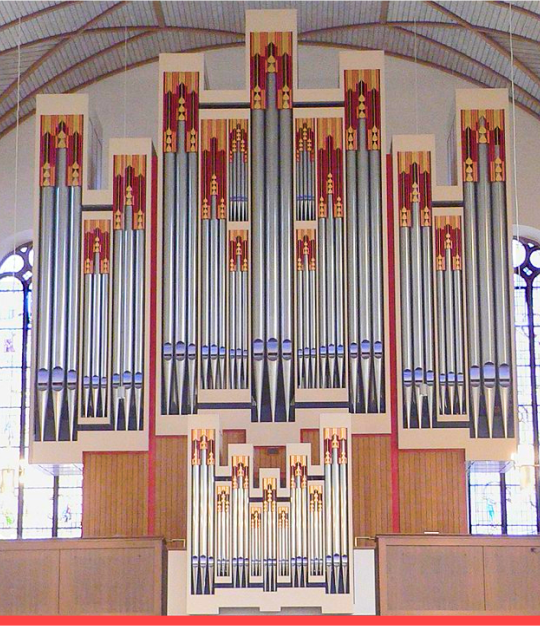
Img Source: Wiki Commons, Flibbertigibbet assumed-Own work assumed, CC BY-SA 3.0
In the Netherlands, the organ had several divisions, mounted cornets, and doubled mount tiers. But in France, the Baroque pipe organ was built so consistently throughout the Renaissance and Baroque eras that it was one of the most popular in the organ’s entire history.
The French organ was developed specifically to perform alternatim verses, which demanded a slightly different build than congregational accompaniment organs.
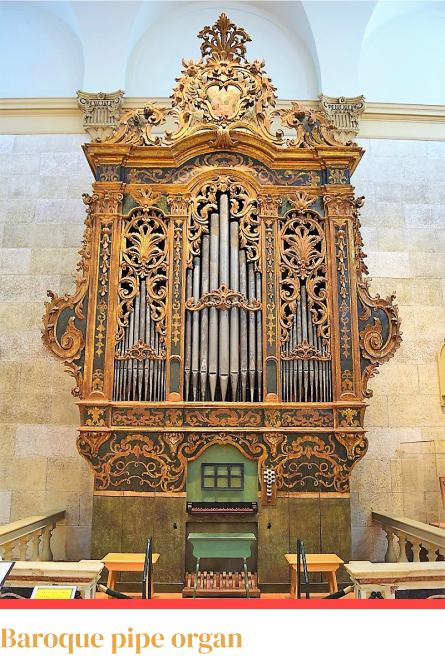
Img Source: pipeorgandatabase.org, Photograph by Ivan Bosnar. Taken on 2016-02-26.
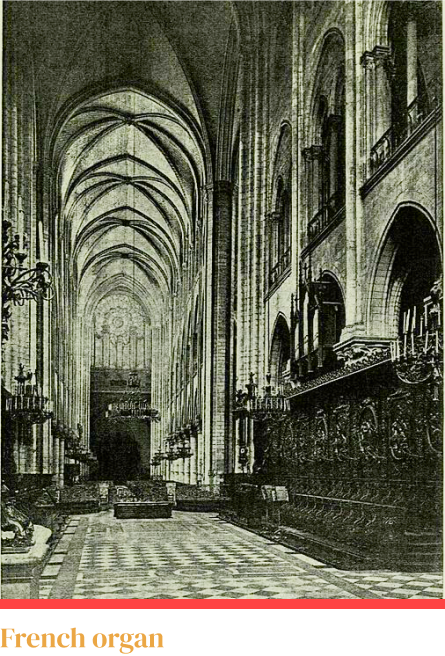
Alternatim verses were liturgical compositions—incorporated into Vespers hymns for the cloistered, and the Mass ordinary rite for churchgoers, including the Kyrie and the Gloria.
The organ required a large tonal range for this usage. Indeed, in French, Italian, and Iberian organ literature, these versets were key. This can be heard in special Organ Masses today, where the Magnificat and Salve Regina still retain their organ verso roots.
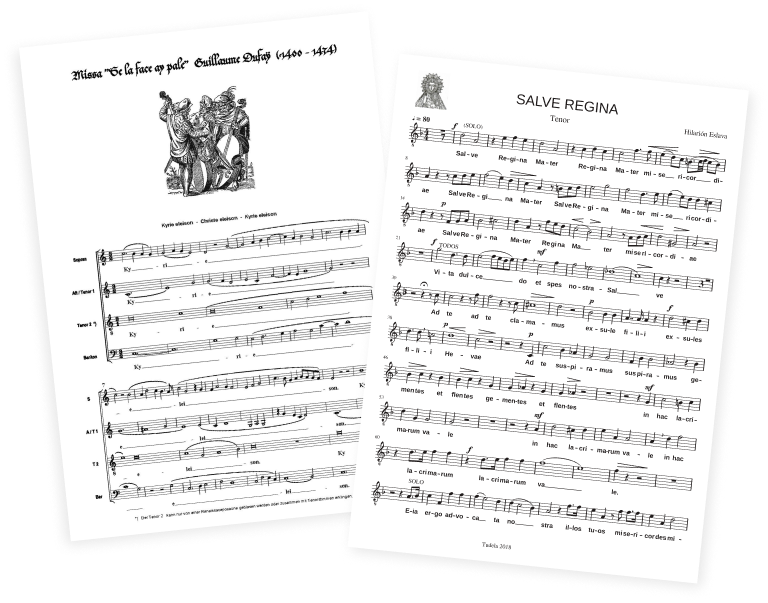
Towards the end of the era, the Italian Baroque organ and the English pipe organ evolved as well.
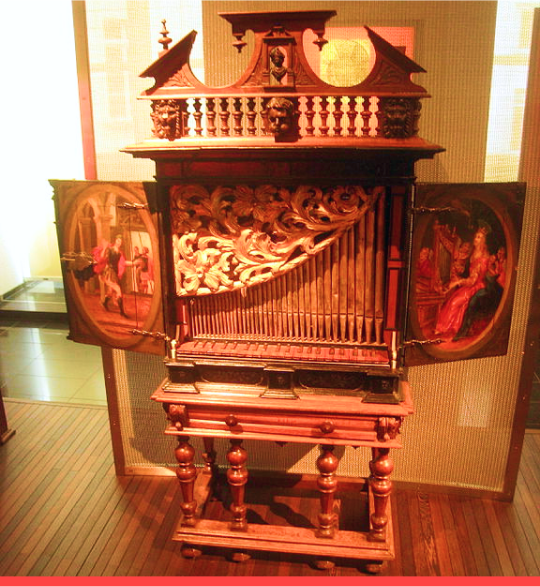
Img Source: Wiki Commons, Flibbertigibbet assumed-Own work assumed, CC BY-SA 3.0
The highest notes were alternated with pipes a pitch lower, creating a composite treble mix of sound and octaves.
The English pipe organ, however, transitioned from smaller units into instruments of three or more divisions, with grand reeds and octave mixtures. Pedal keyboards were yet to be fully implemented at this time.
Img Source: Flickr, Wulitzer theatre organ, St Albans Organ Theatre
This was essentially a set of shutters that, when opened and closed, would change the loudness of sound, allowing easier crescendo and decrescendo. The swell box would remain part of the pipe organ from this point onwards.


Romantic Leads for Organs
In the sweep of the Romantic Period, the method of organ performance deviated from mainly ecclesiastical settings to more symphonic use. With the appearance of adjustable voicing stops in popular organ construction, different families of instruments could be used in conjunction and still be tonally compatible with the organ, thanks to this new manner of registration.
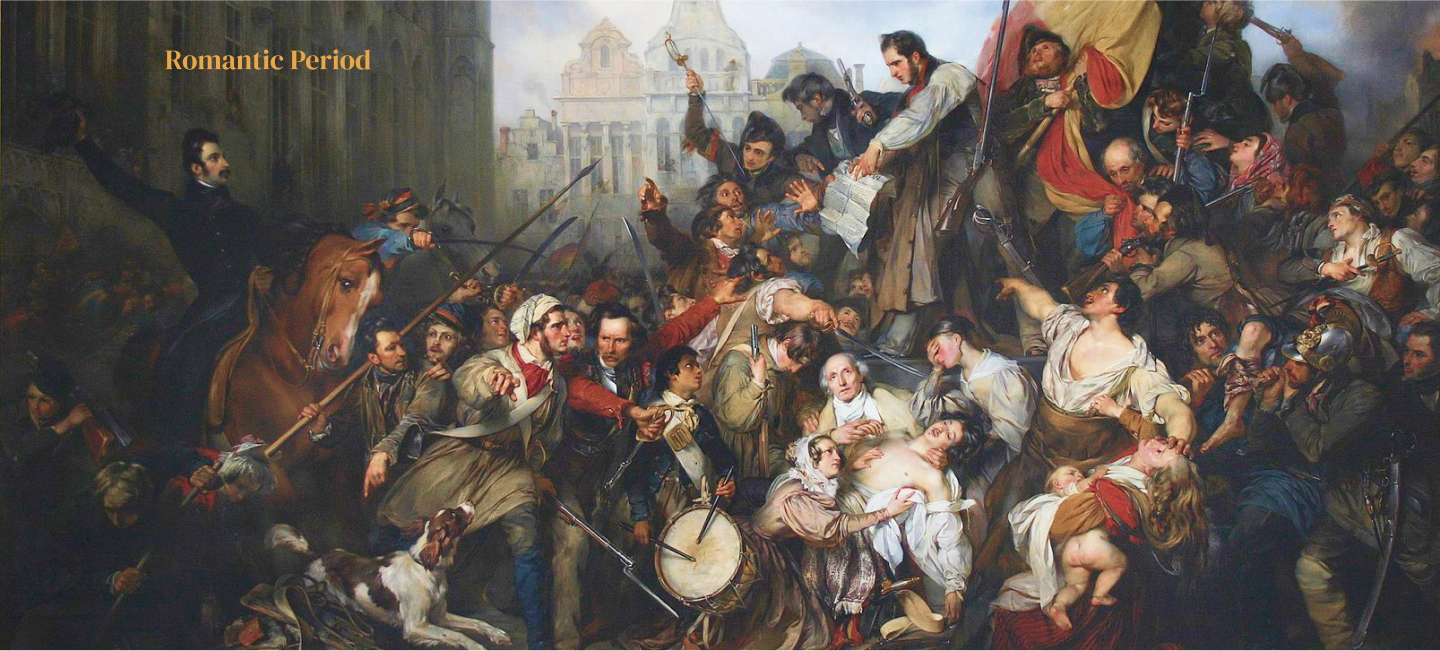
Stops, timbre, and divisions were all employed in greater measure, and as the desire for louder, more impressive organs arose, engineer Astride Cavaillé-Coll implemented the “Barker lever” to help overcome the massive amount of air pressure and solve issues with key action.
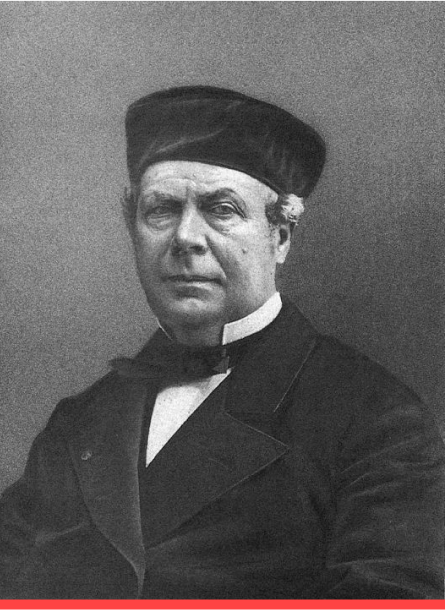
Organists began to embrace a warmer, richer sound that came from 8’ and 16’ stops and wider pipe scales. With this tone, organs could join a wider performance setting. And, as the 19th Century dawned, pipe organs were finally beginning to appear as part of concert halls and other large venues. Which also heralded the rise of what would become the theater pipe organ.


The Birth of the Theater
Pipe Organ
When organs were first introduced to theatrical and entertainment spaces in the early 1800s, they were no more than transplanted church organs. But it was soon discovered that these large instruments were not sufficient for the theatrical setting they were to serve. These organs had gone through centuries of being tailored to liturgical and choral use, not theatrical.
Before the addition of organs to the theatrical setting, live orchestras or even a single piano would be the means of musical accompaniment.
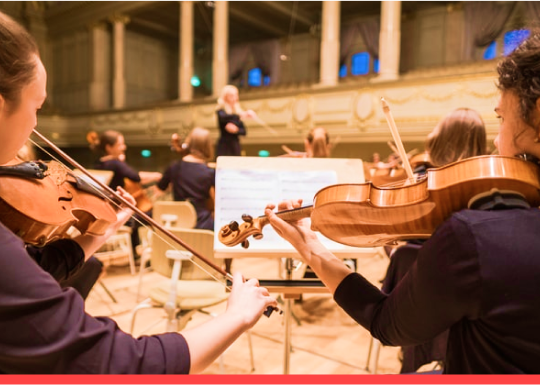
Orchestra
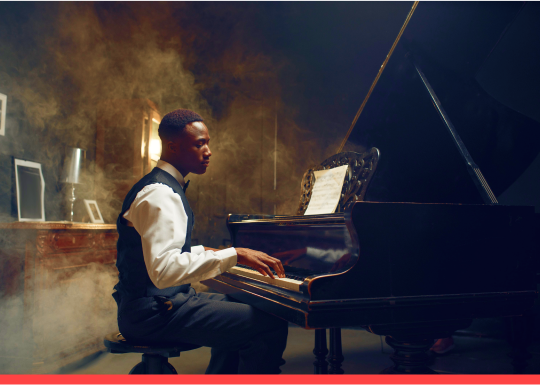
Piano player
However, as the public became more eager for stage spectacle after the Civil War ended and performances like vaudeville were all the rage, theater impresarios decided to come up with something different to excite and impress the masses.
However, the typical church organ was not ideal for theatrical use. While it looked and sounded impressive, and only needed one musician to operate it, instead of an entire orchestra, these organs had wide tonal ranges and less ability to modulate contemporary plucky tunes.
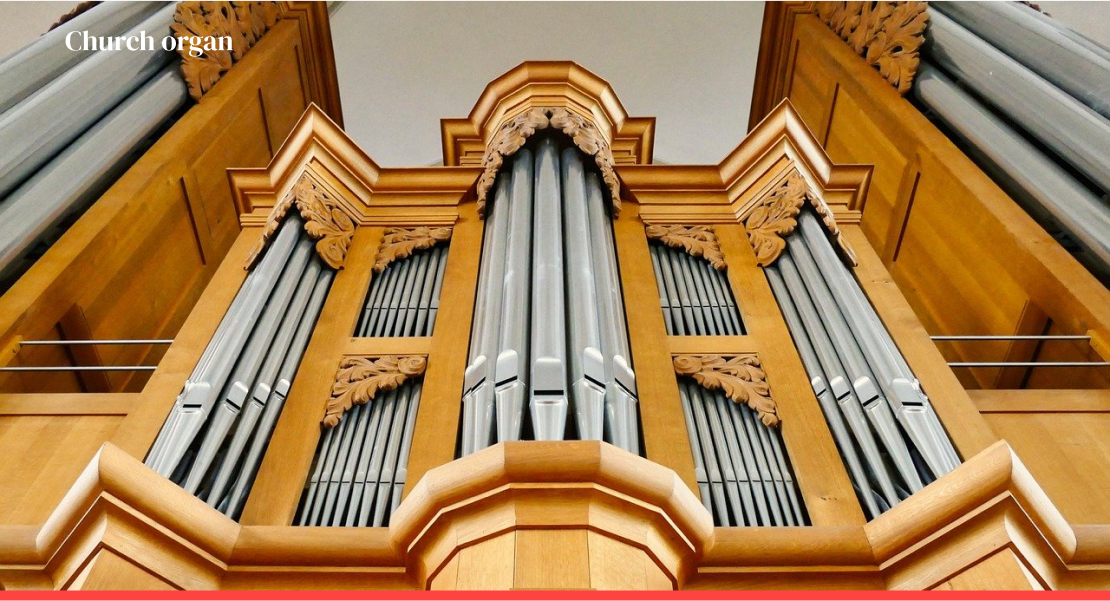
But the ill-fitting church organ was soon to be a thing of the past, at least in theatrical settings, by the end of the 19th Century. The innovations leading to the establishment of the theater organ as an entity were largely the work of one man:
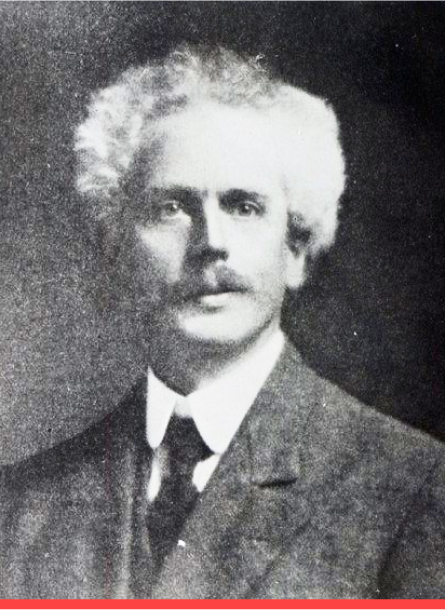
Robert Hope-Jones: The Father of the Theater Organ
Undoubtedly, changes to the traditional pipe organ that led to its transformation into the theater organ were pioneered by Hope-Jones. After working as a church organist and head electrician for the National Telephone Corporation, he established his own organ business in 1889.
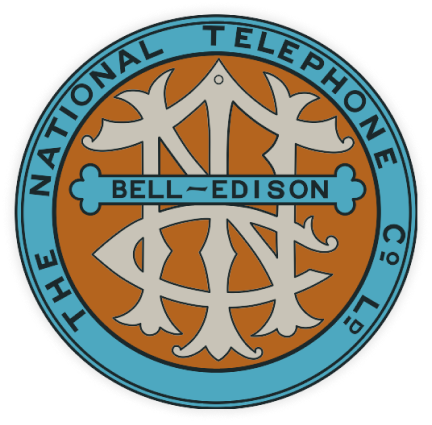
After immigrating to America in 1903, he founded the Hope-Jones Organ Corporation.
The organs manufactured there were entirely different than their previously standardized European counterparts. Hope-Jones was nothing if not an innovator, and so his ideas for a new type of organ and sound followed those expectations.
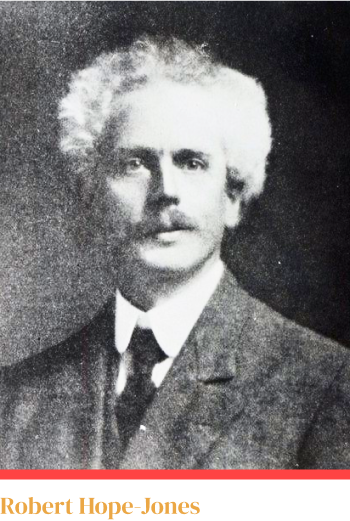
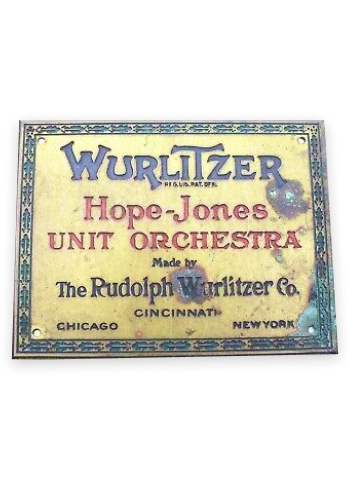
Hope-Jones’ theater organ abandoned the idea of the chorus and mutation stops, relying instead on heavy wind pressure to power diapasons of a vast scale. This was achieved through the careful application of reeds, backed largescale flutes, with tiny string stops on the inside.
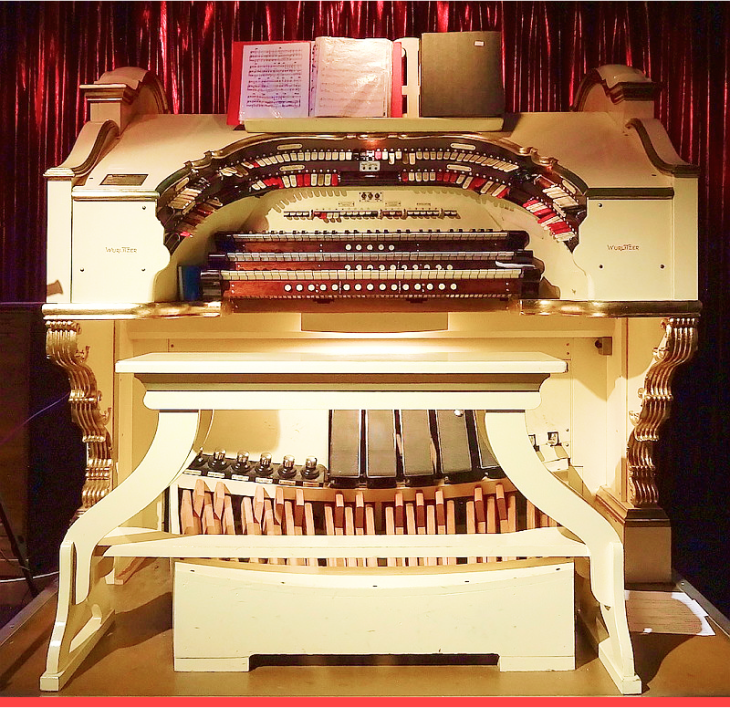
Img Source: Flickr, Wulitzer theatre organ, St Albans Organ Theatre
Hope-Jones even included his own mechanical organ inventions: powerful suction stops called the Tibia Clausa, Tibia Plena, and the Diaphone.
And with his electrical background, he also pioneered the idea of an electro-pneumatic organ that multiplied tonal resources and mutation stops.
With these innovations, the new theater organ became what people would call a “unit orchestra”, an extended pipe console, with six ranks between the manuals, pitches, and stop tabs. This new organ could tune itself to flute, string, trumpet, vox humana, clarinet, and diapason (other organs), essentially becoming a miniature orchestra in one.



The Wurlitzer Theater
Organ
When Hope-Jones sold his company to the Rudolph Wurlitzer Co. in 1908, the new theater organ became known under that name, keeping the innovations it experienced previously.
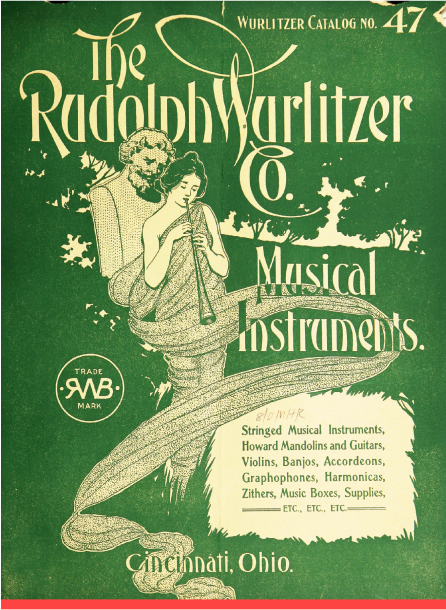
Img Source: digital.cincinnatilibrary.org, The Rudolph
Wurlitzer Co.:musical instruments, Wurlitzer catalog no. 47
From this merger, the “Mighty Wurlitzer” would be developed, popular among the new movie palaces that were being built to accommodate the rise of the film industry.
This was the theater organ that would dominate the entertainment industry for the next few decades, with Wurlitzer becoming one of the most successful theater organ builders and easily dominating the entire market. Though the demand for theater organs would not last, they did enjoy a prominent period of use in the 20thCentury.
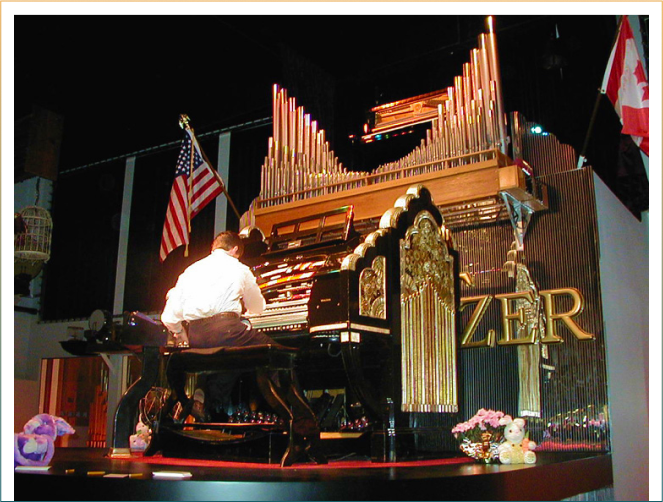
Img Source: Wiki Commons, By Roger Wollstadt – Roger Wollstadt – Flickr: Ellenton – “Roaring 20s”, CC BY-SA 2.0
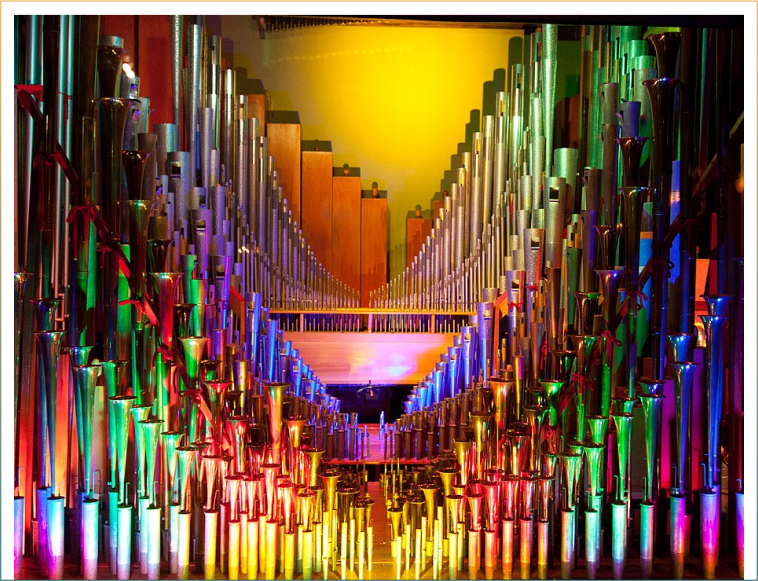
Img Source: Wiki Commons, By evdropkick – Flickr: Nethercutt-089, CC BY 2.0
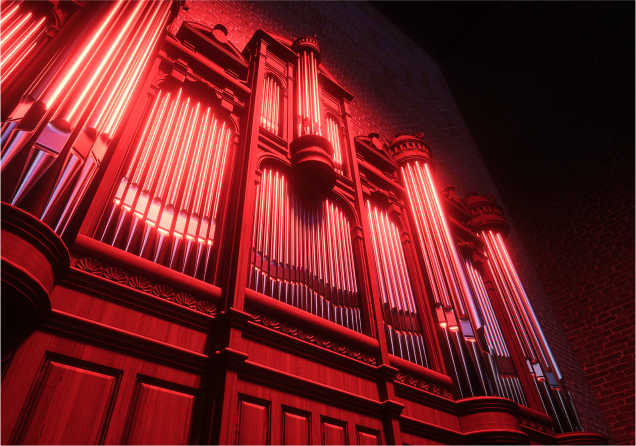
The Era of
Theater Organs:
the 1900s
As the movie industry took off at the beginning of the 1900s, movie palaces and viewing theaters became more widely built and audiences began to flock to see the latest reels coming out of the newly established Hollywood. However, this was still before the invention of sound cinema, and the silent movies of the day needed a way to incorporate music—theater organs.


The Golden Ages
Before the addition of sound to movies, orchestral music was necessary to give a soundtrack to the silent movies being produced. And for many venues, the theater organs already installed were the perfect solution.
Without the need for multiple musicians, one organist with a Wurlitzer organ could mimic the sounds of an entire orchestra, due to the many organ ranks it contained.
Most silent movie scores of the time were composed using the Wurlitzer theater organ, some models of which were shipped across the country to some of the major movie studios for their use. For example, Wurlitzer Organs built and shipped the impressive Opus 2035 model to Paramount Pictures’ lot in the 1920s—a three-tiered, nineteen-rank organ that was installed there.

Given the instrument’s wide array of possible sound effects, the theater organ was an excellent way to apply backing support to the visuals of the big screen. With Hope-Jones’ new pipes and stops, other instruments could be imitated, including chimes, sleigh bells, and glockenspiels.

In the hands of an accomplished organist, the instrument played any part of an orchestra.
However, as silent films were overtaken by the invention of sound that could accompany reel footage, the theater organ’s popularity would face a crisis. When The Jazz Singer was released in 1927 with all the clumsiness of the Vitaphone sound recording system, the new era of “talkies” was heralded, and movie theaters quickly began wiring themselves for sound.
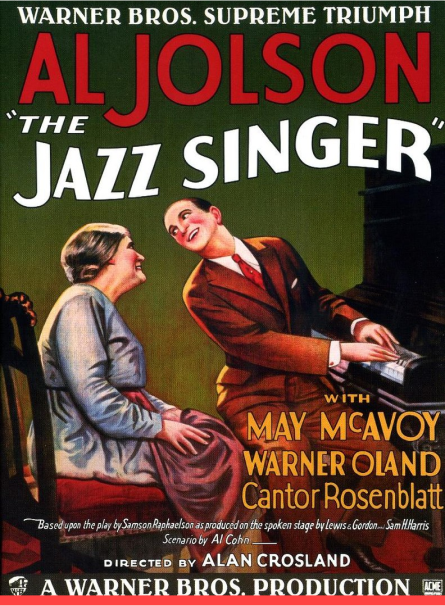
As theater organs suddenly found themselves in less demand than in previous decades, many organs were removed to public venues such as ice and roller-skating rinks, museums, churches, and others. The more unfortunate units were defrauded upon, or picked apart for their more valuable elements, particularly during the Wars when organ metals and mechanics could be repurposed.


Theater Organs in Later
Use
The invention of talking movies was not the death of theater organs, however some cinemas did maintain their theater organs and offered audiences musical interludes between film screenings.
This was quite popular among moviegoers, as it was common to stay at the cinema for multiple screenings in an afternoon, and the wait could be long between reel switches.
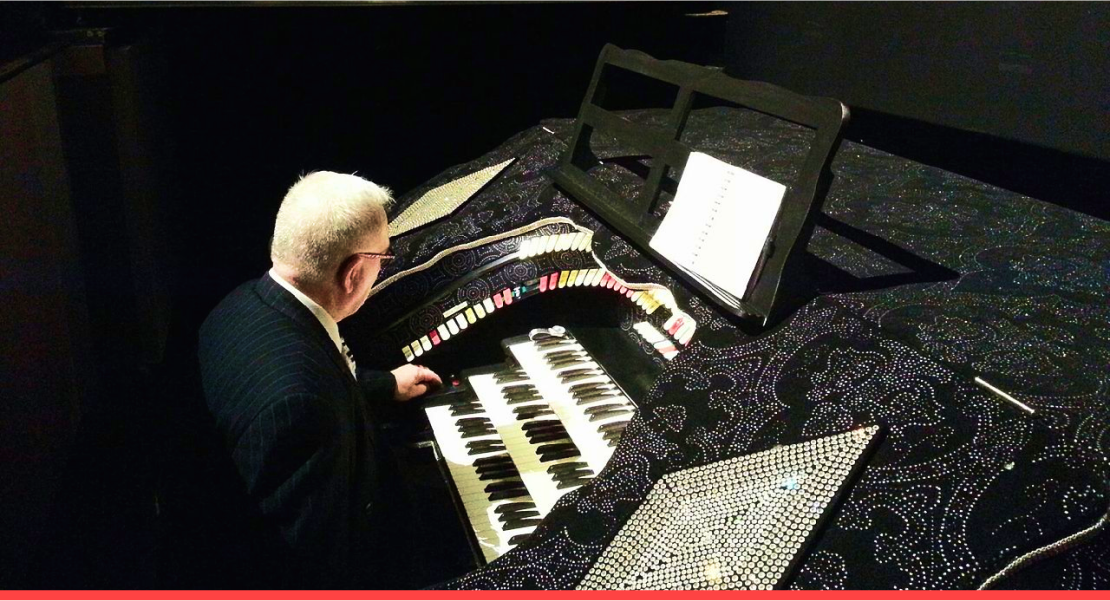
Img Source: Wikiwand, Console of the “Rhinestone” Barton Theatre organ, installed in Theatre Centre Rapids (CC BY-SA 3.0)
Organs were repurposed for other uses outside a theater—with installations at sports facilities, theater organs continued their use of sound effects and wide orchestral abilities to foster the correct dramatic atmosphere. Organs provided musical interludes and heightened tension at hockey and baseball games, as well as the classic refrain of “Take Me Out to the Ballgame”.
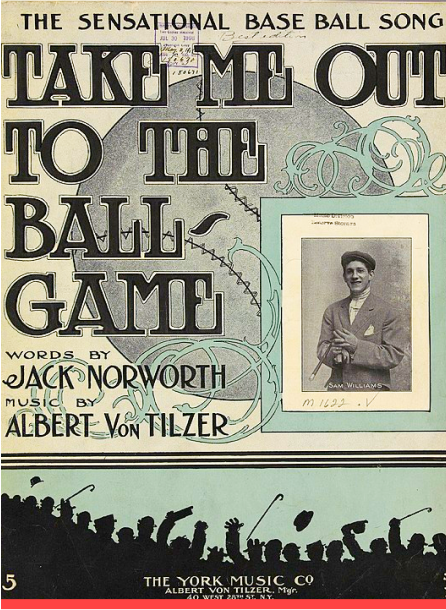
In radio stations, vocal dramas required backing interludes and effects for their listeners. So, theater organs were brought in; BBC Radio even presented weekly organ programs.
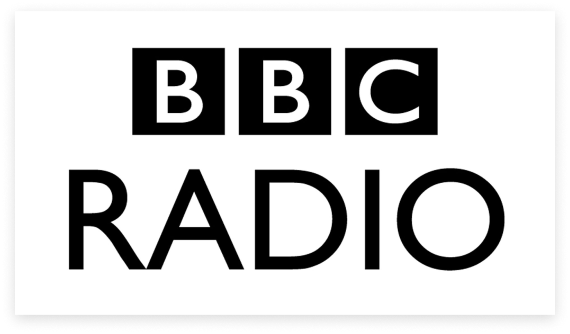
In America, San Francisco’s KGO radio station installed a new Wurlitzer in 1942, and many prominent organists played there—including George Wright, Richard Simonton, and others.
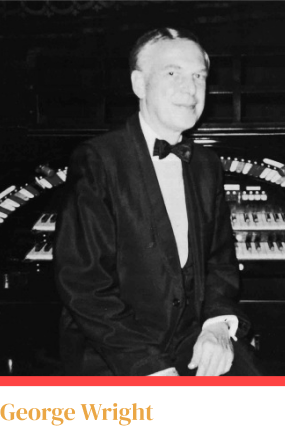

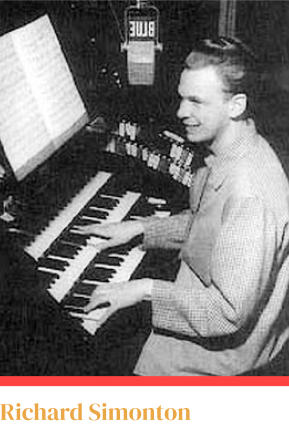
Indeed, Simonton fostered the creation of the American Association of Theater Organ Enthusiasts in 1955, an organization that exists today as the American Theater Organ Society (ATOS). This society proved to be a lifeline for the future of theater organs, as many would be salvaged and transferred to museums to be enjoyed by enthusiasts and avid organists.

It would be through the work of the ATOS that theater organs went from being a one-man orchestra for application in entertainment venues to a historic powerhouse that could be studied, researched, and appreciated. From such research, we were able to learn more about what innovations and components are what make the theater organ such a versatile instrument.
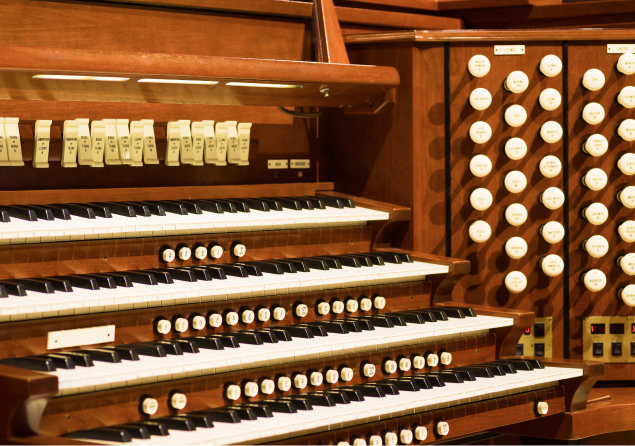
How Do Theater Organs Work?
In general, the theater organ runs on an electrical supply to the keys, stops, and air blowers. Through the combination of these alteration mechanics, the air pressure powered through the organ’s console is modulated and sound is created. However, the specific parts are much more nuanced than this, as we shall see.


Key Components of the Theater Organ
The following is a brief description of theater organ components, their functions, and how they contribute to the entire working of the instrument.


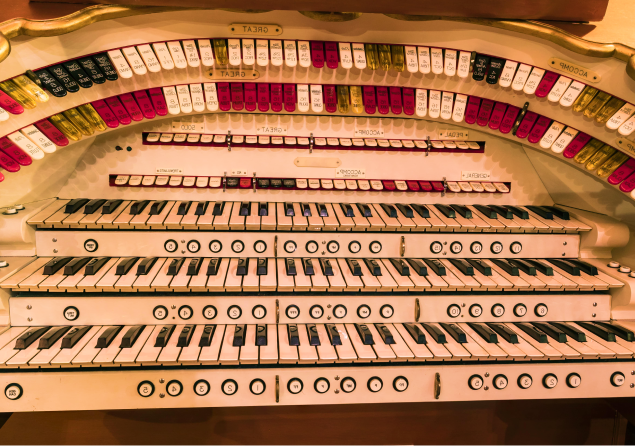
Theater Organs, Today and
Tomorrow
Through the work of ATOS, theater organs continue to be adopted into dedicated facilities and preserved for the enjoyment of future generations. Though many of the original instruments were lost to initial disrepair when movies embraced sound, or through dismantling for the war effort, many have been saved and restored.


New vs Old
Between refurbishment and the construction of “new” organs—mainly from the parts of other theater organs, with some modern touches—the theater organ is still being created and enjoyed. Particularly in the United States, theater organs are still installed in several locations:
And with some refurbished organs having their original Hope-Jones electro-pneumatics refurbished and even replaced with computerized relays and modern consoles, the theater organ seems to be on the verge of a new stage in its history.


Technological Advances
Many manufacturers have begun creating more modern and computer-controlled mechanics that will optimize the world of theater organs. Companies such as Uniflex Relay Systems and Essential Technology OPUS-TWO have pioneered new hardware and reproductive electronic parts for theater organs that can multiply the tonal manipulations and plug stoppages.

Digital Organ
An exciting new step in the world of digitization, the theater organ has been transformed by companies like Walker Theater Organs and Rodgers.
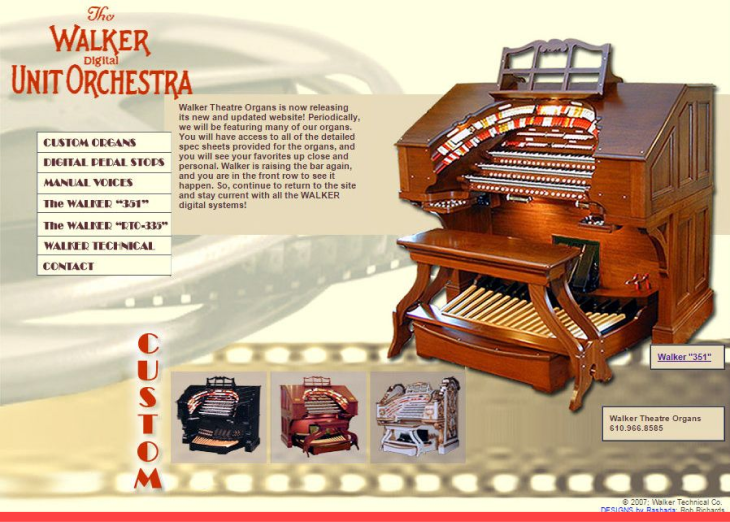
Img Source: walkertheatreorgan.com/
By creating an autonomous console that incorporates sampling, MIDI interfacing, and special speaker systems, a digital theater organ is on the horizon. Recreating authentic tones is the biggest worry, but digitization could produce an affordable organ alternative.
Virtual Organs
Similarly, free downloads of theater organ software for Microsoft, Linux, and Apple-based computers have appeared over recent years.



This software basically functions as an organ AI with virtual workstation docking. The most popular, Wine Software’s MidiTzer, works with a MIDI keyboard to produce the requests and the software creates the theater organ sound.

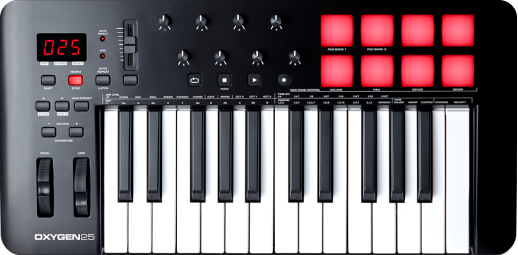
Wine Software’s MidiTzer & MIDI Keyboard
While organ software is still being coded and produced, these virtual instruments will open a new portable and versatile application for theater organs. Whether for personal use or niche venues which cannot afford a true organ, it can give a new lease on life to the original instrument.
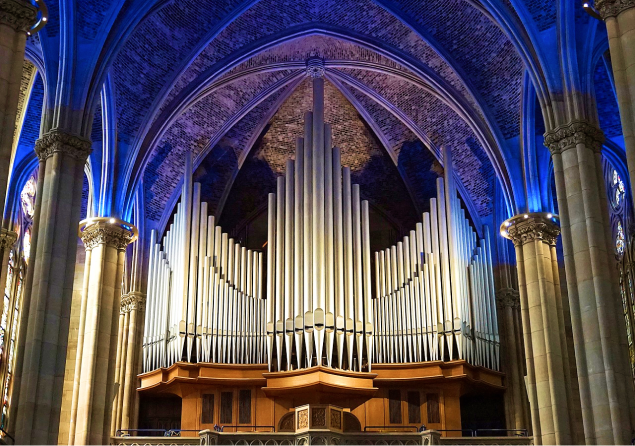
Origin of the
Theater Organ
The theater organ has enjoyed a long and varied history. From its archaic predecessor of the panpipes in ancient Greece, to the ecclesiastical enthusiasm for pipe organs during the Medieval and Renaissance ages, the origin of this instrument has been widespread and fascinating.
And though the theater organ itself only had a few decades of intense popularity, it remains an enjoyable instrument. Enthusiasts can visit many theater organ installations that still endure throughout the United States, Canada, Europe, and further abroad, and enjoy live performances that work to keep the instrument’s incredible history alive.
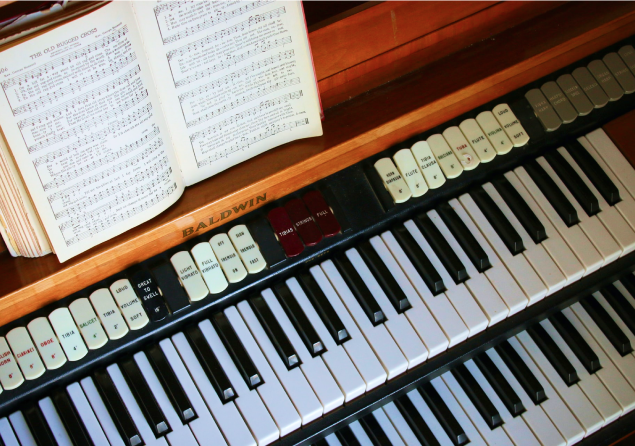
Additional Information
Written by Darcy.
- What were the first pipe organ instruments?
- What is a Hydraulis and how did it influence the theater organ?
- How did the theater organ factor in to medieval music?
- What were the most important organ innovations?
- What mechanical and tonal advances were made with the theater organ?
- What is the difference between French organs and Baroque pipe organs?
- How did the use of organs evolve in the Romantic Period?
- Who invented the theater organ?
- What mechanical add-ons created the theater organ?
- How are theater organs utilized today?
- How do theater organs work?
- How has the theater organ been digitized in today’s world?
- Best Seating For Media Rooms
- Home Seating Theater
- Theater Chair 2 Row
- Buy A Recliner
- High Class Theater Chair
- Buy Theater Chairs For Home
- Best Movie Theatre Couches
- Fabric Recliners On Sale
- 4 Seat Theater Chairs
- Contemporary Theater Chairs
- Theater Chairs Home
- Best Sectional Sofa Home Theater
- Row Of 4 Seats
- Sectional Set
- Tv Loveseat Recliner
- Living Room Couches For Sale
- Best Accessories For A Cinema Room
- Best Buys In Massage Couches
- Console Table Theater
- Black Leather Recliner Sofa Set
- Fortress Seating Home Theater
- Heat Massage Loveseat Sofa
- Brown Leather Electric Couch
- Electric Couch Battery Pack
- Sofa With Blue Theater Lighting
- Octane Movie Theater Seats
- Octane Vega Recliner
- Home Theater Chair Tray
- Modular Sectional Sofa With Storage
- Area Rugs For Home Theater
- Man Cave Decor Ideas
- Best Couch For The Money
- Male Room Decoration
- Couch With Chaise
- Theater Power Reclining Loveseat
- Best States For Interior Designers
- Number One Rated Recliner
- High End Couch
- Couch That Sits High
- Receiver Home Theater
- Contemporary Leather Sofa Sets
- Colors For Man Cave
- How Do Bagpipes Work
- Man Cave Items
- Large Brown Leather Sectional
- High Back Chair Leather

